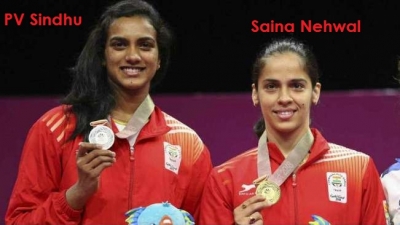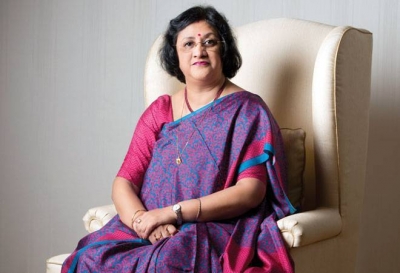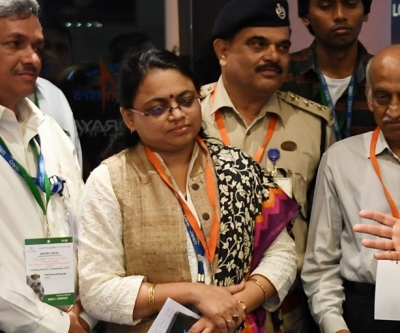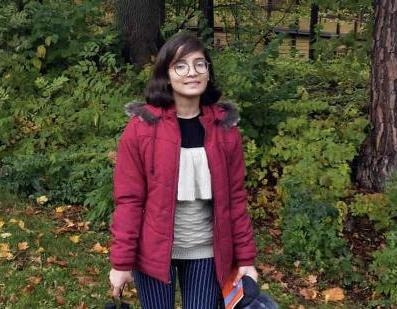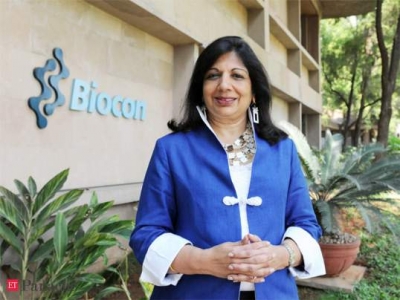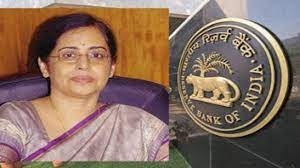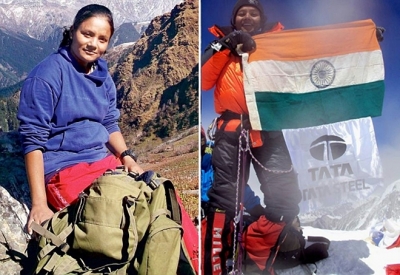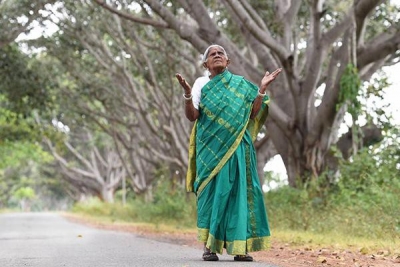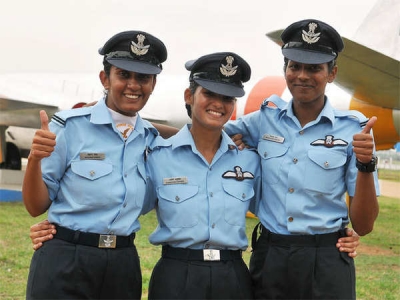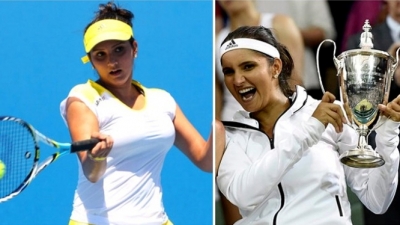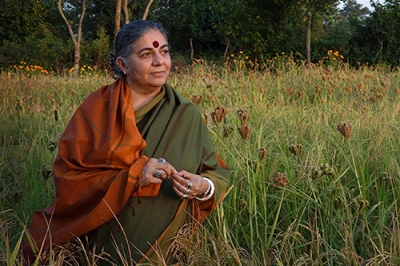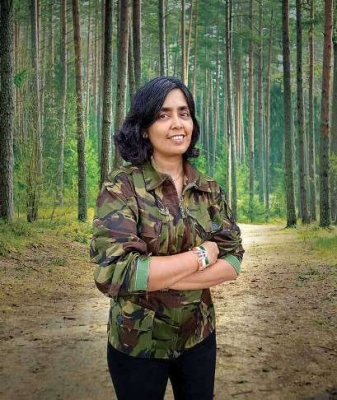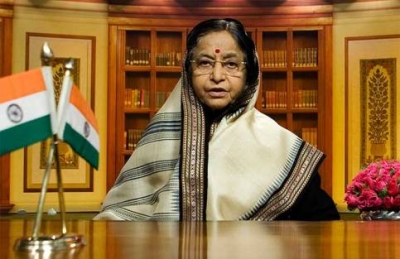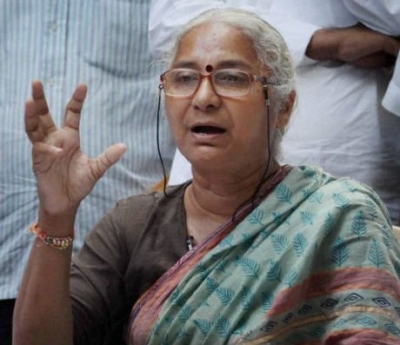Why is Muthayya Vanitha notable?
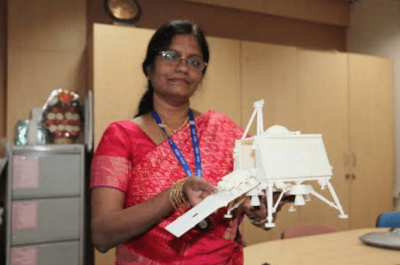
Muthayya Vanitha and Ritu Karidhal created history when they became the first women directors to lead ISRO’s Chandrayaan 2 moon mission. This was the first time that women were put in charge of a big budget launch at ISRO.
Of the two rocket women, Muthayya Vanitha, an electronics system engineer from Chennai, graduated from the College of Engineering Guindy and joined ISRO as a junior engineer. She was later placed in managerial positions and went on to act as deputy project director for several satellites where she handled data operations.
She was also part of the Mangalyaan mission to Mars in 2013 and became project director of Chandrayaan 2 in 2019. The mission aimed to land a probe on the Moon surface unlike the previous Chandrayaan mission that aimed to orbit the Moon.
Vanitha’s responsibilities included complete oversight of the development and implementation of all systems during the mission. The launch was successful and took place on July 22, 2019.
She was given the ‘Best Woman Scientist’ Award by the Astronomical Society of India in 2006. She was also noted as one of ‘five scientists to watch’ by Nature in 2019.
Picture Credit : Google
